Requirements:
- Well puts out about 3-4 gallons/min max, so sensor needs to work in that range
- Sensor wetted parts need to be NSF-rated for potable water
- System does not need to be weatherproof -- will be mounted indoors
- Power draw should be as low as reasonably achievable when nobody is interacting with it
- Needs to support a local display that can show the following:
- Total volume used
- Flow rate average over time
- Flow rate by period (means an RTC is needed)
- Ability to download logs from meter without the need to shuffle SD cards, either via Bluetooth or WiFi
- (Optional) Keep track of environmental factors -- air temp, humidity, supply voltage, pump run status, tanks and well sensor status
- (Optional) Interface to APRS gateway for monitoring and alerting remotely via amateur radio
 Dan Maloney
Dan Maloney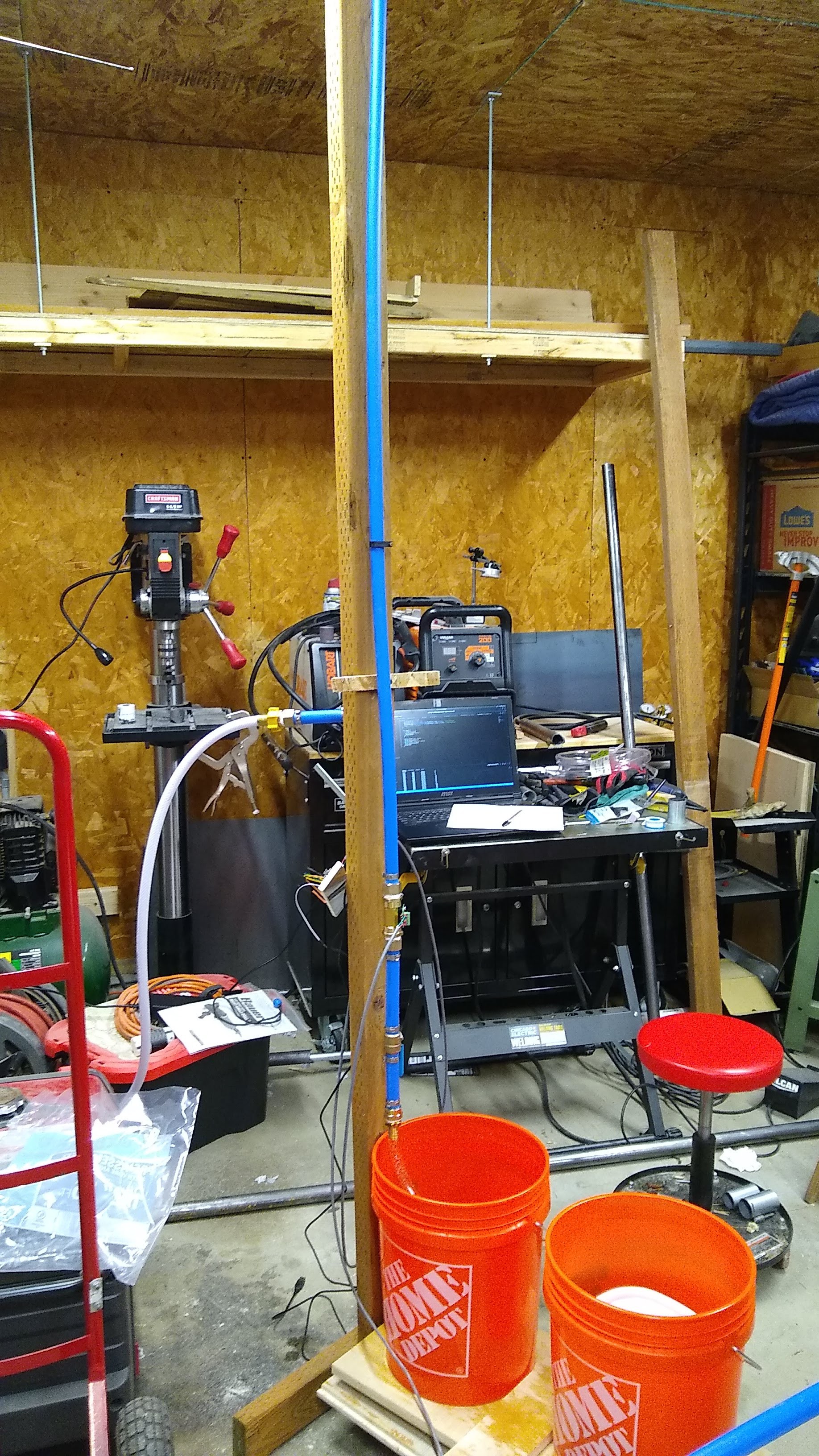
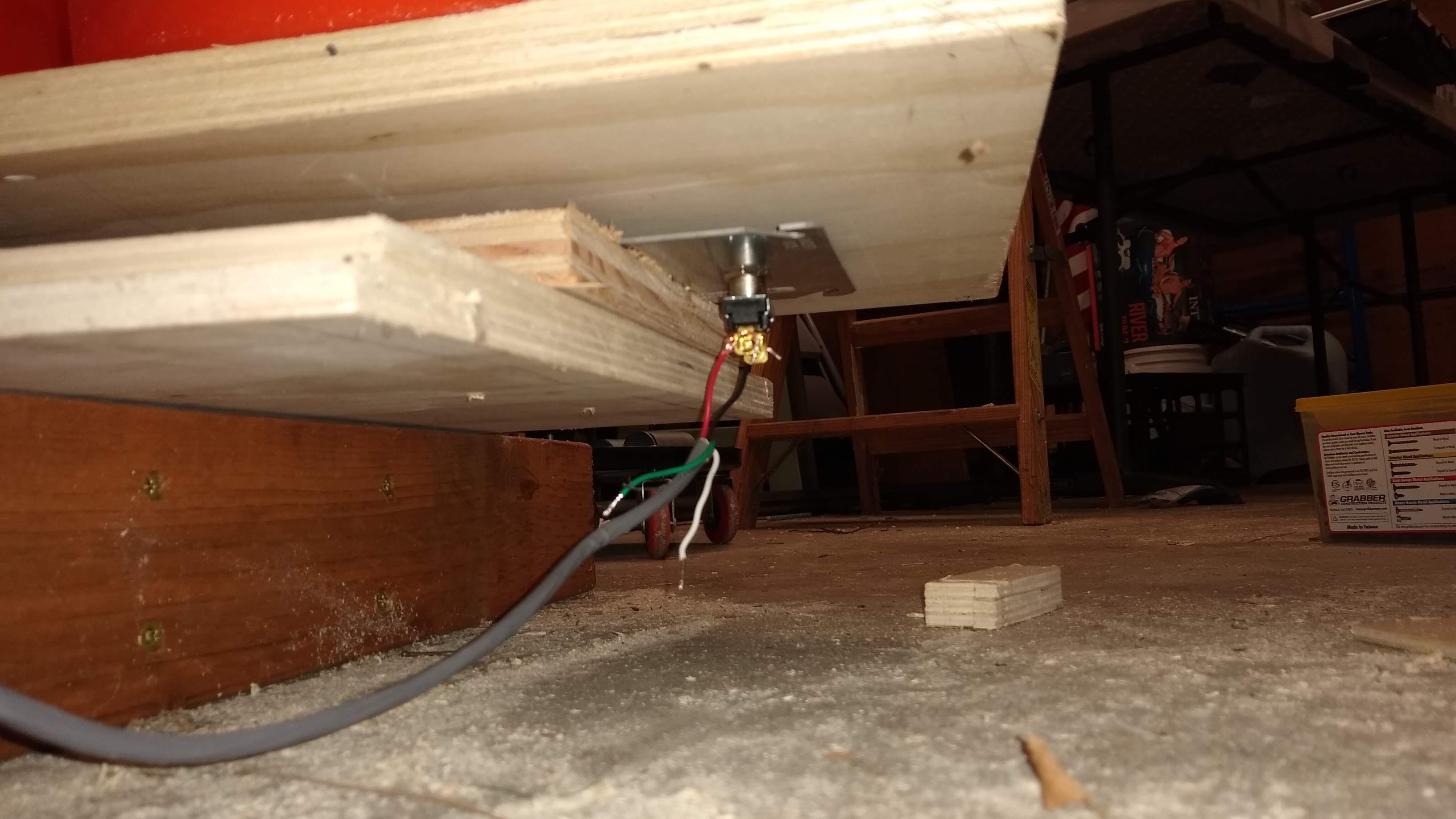

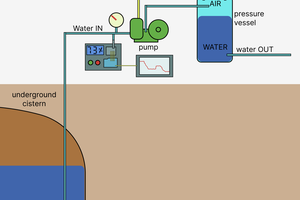
 Jan Neumann
Jan Neumann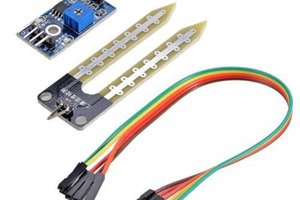
 akanzler007
akanzler007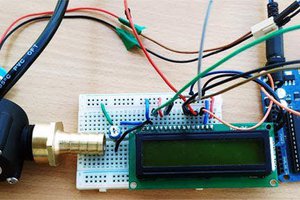
 electronicsworkshops
electronicsworkshops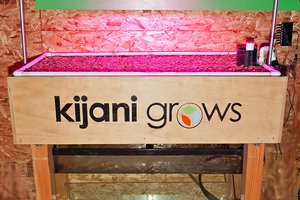
Hi Dan! Did you ever figure this project out? I am working on something similar in Utah and would love any insights you could offer. I'm trying to figure out a way to measure how much water comes through a canal when farmers open it for their water turn, so if they lease water rights to the state we can estimate how much water a water turn contains. Just trying to save the Great Salt Lake, no biggie ':D
If you have any thoughts on this, feel free to email me at Eliza.kay.peterson@students.iaac.net